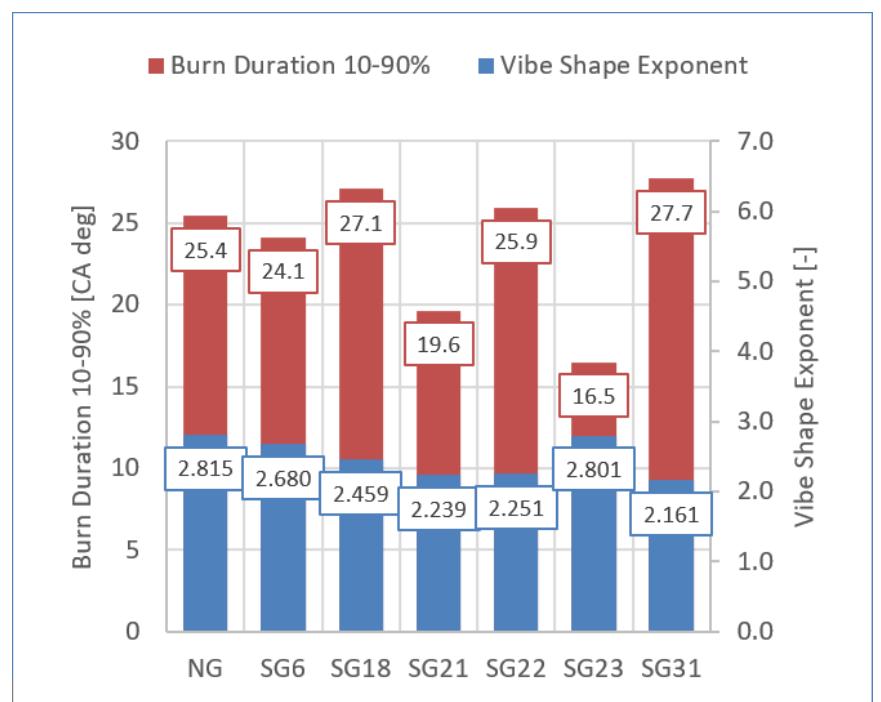Key research themes
1. What are the major emission sources driving high PM10 concentrations in urban and semi-urban areas across different geographic regions?
This research theme focuses on identifying and apportioning the primary anthropogenic and natural sources responsible for elevated PM10 levels in various urban, industrial, and semi-urban environments. Understanding the contribution of these sources is vital for effective air quality management and public health protection, as PM10 has proven health risks.
2. How does PM10 exposure impact respiratory and cardiovascular health outcomes across diverse populations and regions?
This theme investigates epidemiological evidence quantifying the association between PM10 exposure and adverse health effects, such as respiratory symptoms, lung function impairments, hospital admissions, and mortality. It combines large multi-center studies and regional assessments employing exposure-response relationships to elucidate risks and identify vulnerable population groups.
3. What are the chemical characteristics, toxicity potentials, and spatial-temporal variability of PM10 and its constituents in diverse environments?
This theme explores the physicochemical composition, toxicity (ecotoxicity, genotoxicity, oxidative potential), deposition patterns in the respiratory tract, and temporal variability of PM10 in urban, rural, and indoor environments. It includes advanced analytical and modeling techniques to assess the factors that influence PM10 health risks and exposure variability.











































